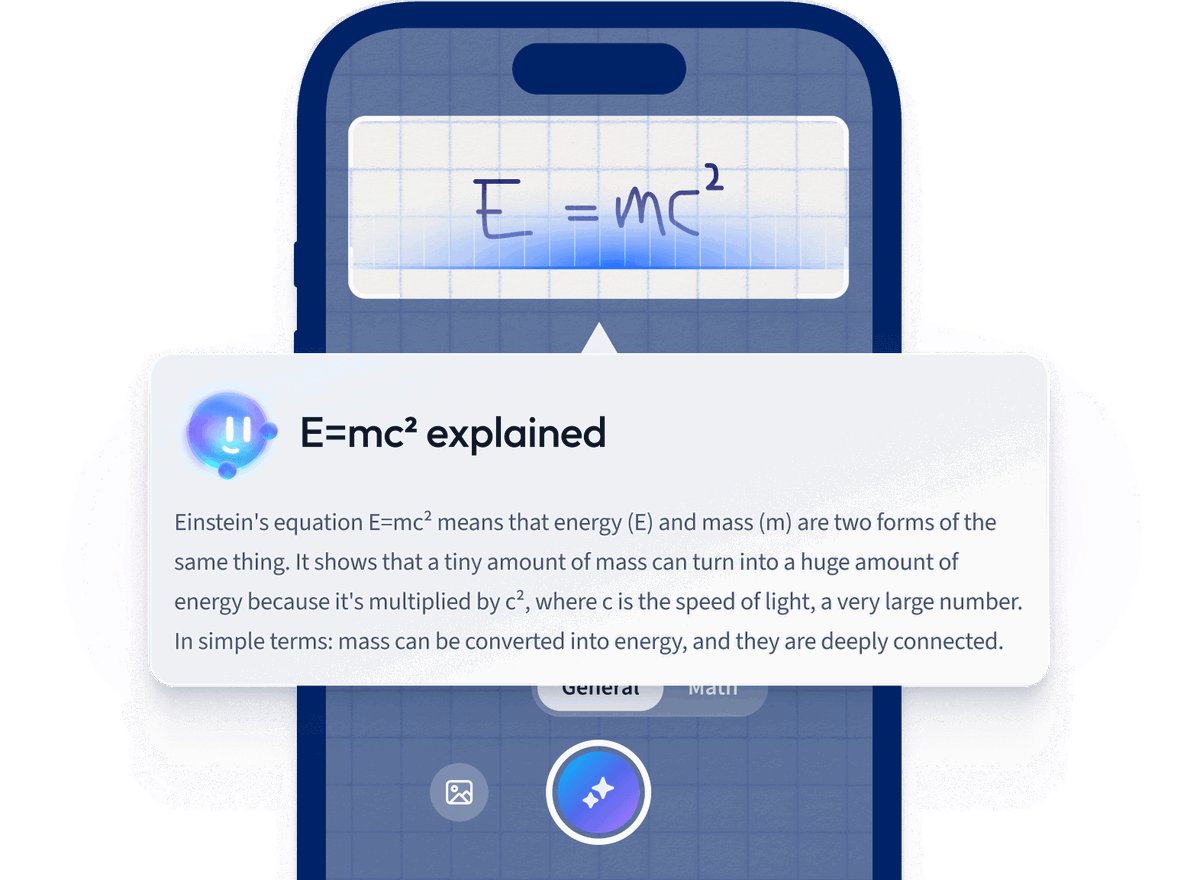What is the significance of concept sketches in the architectural design process?
Concept sketches are significant in architecture as they visually communicate initial ideas, explore form and function, and facilitate creative dialogue. They provide a flexible, quick way to experiment and iterate, laying the foundation for more detailed planning and design stages.
How do concept sketches differ from architectural blueprints?
Concept sketches are informal, freehand drawings that capture the initial ideas and essence of a design, focusing on concepts and aesthetics. Architectural blueprints, on the other hand, are detailed, technical drawings that provide precise specifications, measurements, and construction details necessary for building.
What tools or materials are commonly used for creating concept sketches in architecture?
Architects commonly use pencils, sketch pens, and fine liners on paper or sketchbooks for creating concept sketches. Digital tools include tablets with styluses and software like Autodesk SketchBook or Procreate. Some may also use watercolors or markers for adding color to the sketches.
How detailed should concept sketches be in the early stages of design?
Concept sketches in the early design stages should be loose and expressive, capturing the overall vision and key ideas without focusing on intricate details. They should serve to explore spatial relationships, form, and basic functionality, allowing flexibility for further development and refinement as the design progresses.
How do concept sketches contribute to the communication between architects and clients?
Concept sketches facilitate communication by visually expressing initial design ideas, allowing architects to convey their vision clearly. They help clients understand the project's aesthetic and functional aspects, fostering collaborative dialogue and feedback. This early-stage visualization can bridge gaps in understanding and align expectations, enhancing overall project development.










